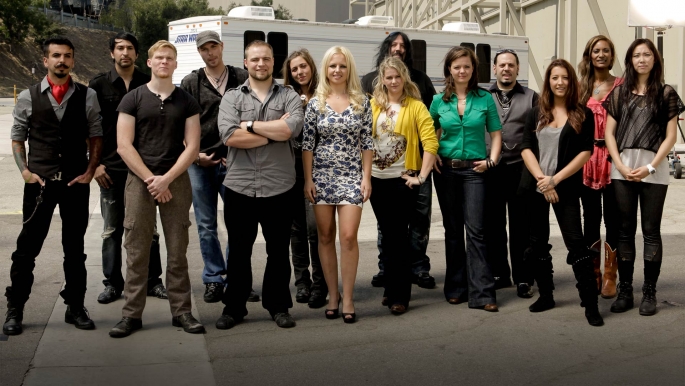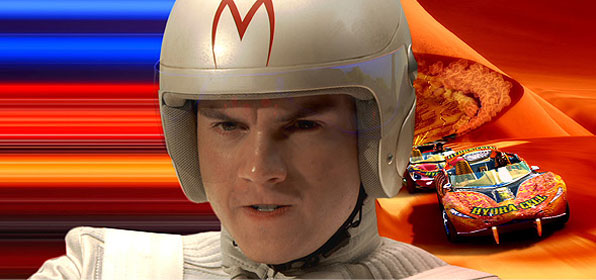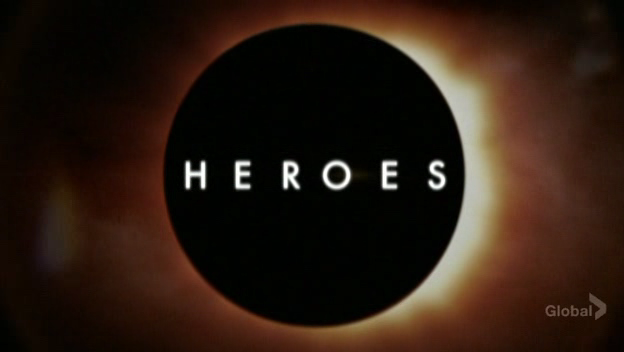The first season of HBO’s Game of Thrones followed the inaugural novel of George R. R. Martin’s series so minutely that, despite its obvious excellence, I found it a bit redundant: like the early days of superhero comics in which the panel art basically just illustrated the captions, each episode had the feel of an overly faithful checklist, the impeccable casting and location work a handsome but inert frame for Martin’s baroque and sinister plotting. That’s one big reason why I’m eager to see the second season, which premieres tonight — I bogged down a hundred or so pages into book two, A Clash of Kings, and so apart from a few drips and drabs that have leaked through my spoiler filter, I’m a fresh and untrammeled audience. (Given the sheer scale of A Song of Ice and Fire, at five fat volumes and counting, the whole concept of spoilers seems beside the point, rendered irrelevant by a level of structural complexity that forces synchronic rather than diachronic understandings; it’s hard enough at any given moment to keep track of the dense web of characters, alliances, and intrigues without worrying about where they’ll all be two or three thousand pages later.)
Another reason I’m looking forward to the series’ return is its arresting title sequence, a compact masterpiece of mannered visualization that establishes mood, momentum, and setting in the span of ninety seconds:
Here is how the website Art of the Title describes the governing concept:
A fiery astrolabe orbits high above a world not our own; its massive Cardanic structure sinuously coursing around a burning center, vividly recounting an unfamiliar history through a series of heraldic tableaus emblazoned upon it. An intricate map is brought into focus, as if viewed through some colossal looking glass by an unseen custodian. Cities and towns rise from the terrain, their mechanical growth driven by the gears of politics and the cogs of war.
From the spires of King’s Landing and the godswood of Winterfell, to the frozen heights of The Wall and windy plains across the Narrow Sea, Elastic’s thunderous cartographic flight through the Seven Kingdoms offers the uninitiated a sweeping education in all things Game of Thrones.
“Elastic,” of course, refers to the special-effects house that created the sequence, and Art of the Title‘s interview with the company’s creative director, Angus Wall, is enormously enlightening. Facing the challenge of establishing the nonearthly world in which Game of Thrones takes place, Wall developed the idea of a bowl-shaped map packed with detail. In his words, “Imagine it’s in a medieval tower and monks are watching over it and it’s a living map and it’s shaped like a bowl that’s 30 feet in diameter and these guys watch over it, kind of like they would the Book of Kells or something… they’re the caretakers of this map.” Realizing the limitations of that topology, Elastic put two such bowls together to create a sphere, and placing a sun in the center, arrived at the sequence’s strange and lyrical fusion of a pre-Copernican cosmos with a Dyson Sphere.
Yet even more interesting than the sequence’s conceit of taking us inside a medieval conception of the universe — a kind of cartographic imaginary — is its crystallization of a viewpoint best described as wargaming perspective: as it swoops from one kingdom to another, the camera describes a subjectivity somewhere between a god and a military general, the eternally comparing and assessing eye of the strategist. It’s an expository visual mode whose lineage is less to classical narrative than to video-game cutscenes or the mouse-driven POV in an RTS. Its ultimate root, however, is not in digital simulation but in the tabletop wargames that preceded it — what Matthew Kirschenbaum has evocatively called “paper computers.” Kirschenbaum, a professor at the University of Maryland, blogs among other places at Zone of Influence, and his post there on the anatomy of wargames contains a passage that nicely captures the roving eye of GoT‘s titles:
Hovering over the maps, the players occupy an implicit position in relation to the game world. They enjoy a kind of omniscience that would be the envy of any historical commander, their perspectives perhaps only beginning to be equaled by today’s real-time intelligence with the aid of GPS, battlefield LANs, and 21st century command and control systems.
Earlier I mentioned the sprawling complexity of A Song of Ice and Fire, a narrative we might spatialize as unmanageably large territory — unmanageable, that is, without that other form of “paper computers,” maps, histories, concordances, indices, and family trees that bring order to Martin’s endlessly elaborated diegesis. Their obvious digital counterpart would be something like this wiki, and it’s interesting to note (as does this New Yorker profile) that the author’s contentious, codependent relationship with his fan base is often battled out in such internet forums, where creative ownership of a textual property exists in tension with custodial privilege. Perhaps all maps are, in the words of Kurt Squire and Henry Jenkins, contested spaces. If so, then the tabletop maps on which wargames are fought provide an apt metaphor both for Game of Thrones‘s narrative dynamics (driven as they are by the give-and-take among established powers and would-be usurpers) and for the franchise itself, whose fortunes have increasingly become distributed among many owners and interests.
All of this comes together in the laden semiotics of the show’s opening, which beckons to us not just as viewers but as players, inviting us to engage through this “television computer” with a narrative world and user experience drawn from both old and new forms of media, mapping the past and future of entertainment.







